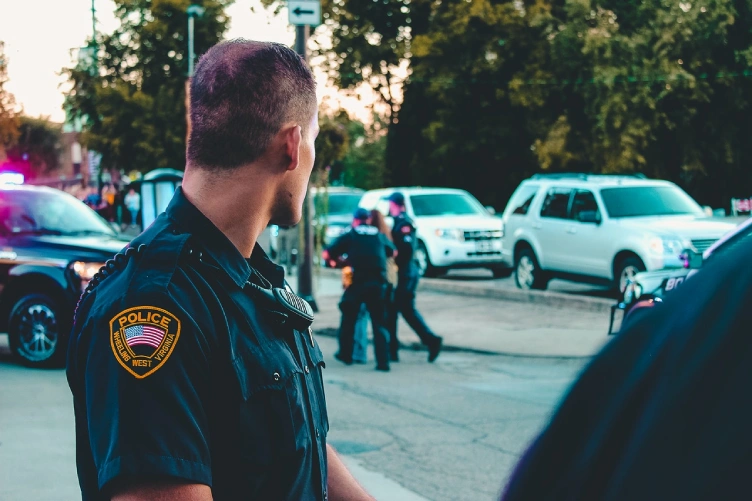Whether moving or visiting another country, it’s critical to understand the traffic laws of your destination. And no matter where you drive, understanding the rules of the road can help you stay safe in a foreign nation. Mane traffic rules in the U.S. vary from state to state.
Often, these key differences pertain to speed limits, signage, and the punishments for not following the law. However, if you plan to drive in the U.S., there are vital regulations that are most likely applied in all states.
And while driving can sometimes offer leisure and relaxation, traffic laws in America are stringent, and disobeying the rules can put you in trouble. Apart from getting arrested, the insurance structure makes civil suits pretty common. Even a minor incident can be disastrous. That said, it is critical to understand the rules by the heart. With the proper knowledge, you’ll know what to do if you’re in a stressful situation.
Common Driving Rules in the U.S.
Technically, there are various road laws to follow. But we will try to tackle everything you need to know.
That said, here are a few things to remember when driving in the U.S.:
- Moving vehicles must stay on the right side of the road.
- Steering wheels must always be on the right side of the car.
- Broken or hashed lanes indicate that you can change lanes when it’s safe.
- Solid white lines mean you must stay in your lane.
- Yellow lines divide the traffic from opposing directions.
- Broken or hashed yellow lanes mean you can pass, but you have to pay attention to the other lane.
- Drivers cannot cross solid yellow lines.
- Always use the left lane to pass other vehicles going in your direction.
- Never pass in the right lane unless it’s necessary.
- If you are driving in the left lane and the car behind you wants to pass, carefully move over to the right lane and allow them to pass.
- Always give way to pedestrians.
- Drivers must always come to a complete stop when pedestrians are crossing the street.
- Do not pass school buses with flashing red lights. Try to wait until the lights are gone.
- Be cautious of bicyclists. They usually share the road with cars, but they also need to follow traffic rules.
- All vehicles are mandated to stop or pull over to give way to emergency vehicles.
- Try not to use your car horn too much. They are often used for emergencies or when the person inside feels unsafe.
As you can see, these traffic rules are primarily mandated to ensure the safety of everyone on the road. So whether you intend to drive or not, understanding these rules can come in handy. For example, suppose you ride an Uber and get injured due to the driver’s carelessness. In that case, you can easily describe the incident to your trusted accident lawyer. You’ll know the violations the driver committed and have a better chance of winning when you file a civil suit.
Traffic Signals and Road Signs

The US traffic signals and road signs are most likely unfamiliar to you if you are from a different country. While many road signs are typically self-explanatory, some are a bit confusing.
Furthermore, laws regarding traffic lights could be different from the law you follow in your country.
Common Road Signs
Yield Sign: A yellow or white triangle-shaped sign that commands you to give the right of way to the oncoming traffic.
Stop Sign: A red octagonal-shaped sign (often with lettered “STOP”) means you need to come to a full stop at an intersection.
Speed Limit: Speed limit signs are usually large. They are vertical rectangular signs that indicate how fast you can drive in mph on a specific road.
One Way: A One-way sign is a horizontal rectangular sign with a black arrow that indicates you may only enter a specific way on the street- the arrow will tell you which way it is.
What If You Get Pulled Over By the Police
A police officer might ask you to pull over if you have committed a violation. You can also see them behind you with running lights, indicating that you need to stop on the side of the road. If this is the case, here’s what you need to do:
- Stop on the side of the road only when it’s safe to do so.
- Stay inside the vehicle unless the officer asks you to step out.
- Make sure to keep your hands visible on the steering wheel.
- Prepare to show your license and car registration as the policeman might ask for these documents.
These are just the general traffic laws and regulations in the U.S. As mentioned, the rules may vary from state to state, so make sure to do your research before driving from one place to another. But with some common sense and good understanding, you will realize how important it is to follow these rules for everyone’s safety.



